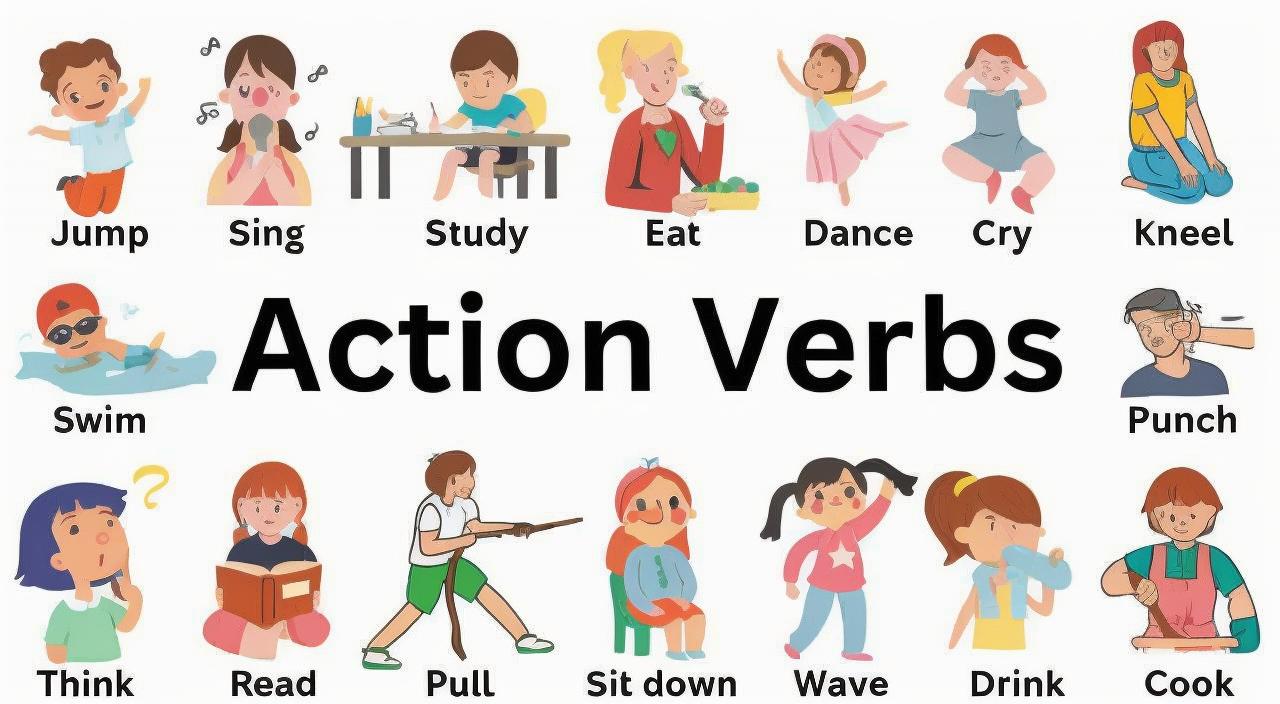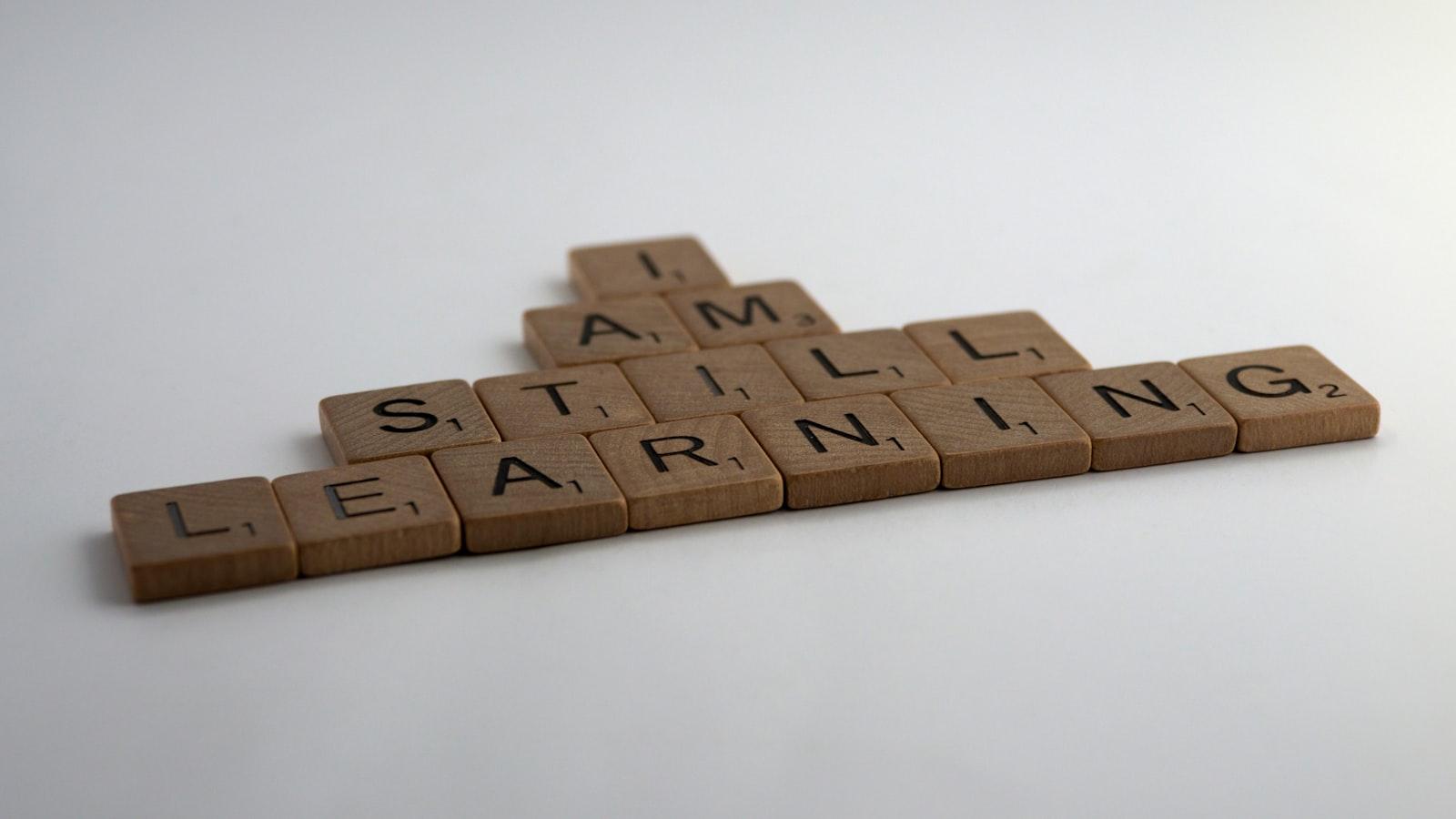Unlocking the intricacies of English grammar is like embarking on an enchanting journey through the vast landscape of language. Whether you’re a fresh-eyed beginner or someone revisiting the basics, the prospect of mastering grammar can seem both daunting and exhilarating. Fear not, for every grand adventure starts with a single step, and this guide is designed to lead you, step by step, through the pathways and passages of English grammar. Prepare to delve into a world where words dance to the rules of syntax, sentences form symphonies, and clarity becomes second nature. Join us as we demystify the art of English grammar, transforming it from a labyrinthine maze into a navigable road map.
Table of Contents
- Mastering the Basics: The Foundations of English Grammar
- Navigating Nouns and Pronouns: Understanding the Building Blocks
- Unraveling Verbs and Tenses: Crafting Correct Sentences
- Decoding Complex Sentences: Embracing Advanced Grammar Rules
- The Conclusion

Mastering the Basics: The Foundations of English Grammar
Understanding the fundamental aspects of English grammar is instrumental in achieving language proficiency. Initially, focus on parts of speech, which include nouns, verbs, adjectives, adverbs, pronouns, prepositions, conjunctions, and interjections. Recognizing these elements allows you to construct meaningful sentences. Also, consider subject-verb agreement, which is vital for both written and spoken communication. Here’s a simplified guide to get you started:
- Nouns: Person, place, thing, or idea
- Verbs: Actions or states of being
- Adjectives: Describe or modify nouns
- Adverbs: Modify verbs, adjectives, or other adverbs
- Pronouns: Replace nouns in sentences
- Prepositions: Show relationships between nouns
- Conjunctions: Connect words, phrases, or clauses
- Interjections: Express emotions
To deepen your grasp, understand the role of sentence structure by analyzing basic to complex sentences. Sentences typically have a subject and predicate, and they can be simple, compound, complex, or compound-complex. Here’s a concise comparison:
| Sentence Type | Structure | Example |
|---|---|---|
| Simple | One clause | I read a book. |
| Compound | Two independent clauses | I read a book, and I liked it. |
| Complex | One independent clause and at least one dependent clause | While I read a book, the rain poured outside. |
| Compound-Complex | Two independent clauses and at least one dependent clause | While I read a book, the rain poured, and the cat napped. |

Navigating Nouns and Pronouns: Understanding the Building Blocks
The world of nouns and pronouns forms the foundation of English grammar, acting as the bricks that build every sentence. A noun names a person, place, thing, or idea, giving us a way to identify and talk about the world around us. On the other hand, pronouns take on the role of substituting these nouns to avoid repetition and enhance clarity. Here’s a quick look at examples:
- Person: John, teacher
- Place: school, library
- Thing: book, computer
- Idea: freedom, happiness
<p>Pronouns come into play by replacing these nouns, making our sentences more fluid and less repetitive. They can be categorized into several types, such as <strong>personal pronouns</strong>, <strong>demonstrative pronouns</strong>, and <strong>interrogative pronouns</strong>. Here's a brief overview:
<table class="wp-block-table">
<thead>
<tr>
<th>Type</th>
<th>Example</th>
</tr>
</thead>
<tbody>
<tr>
<td>Personal</td>
<td>I, you, he, she, it, we, they</td>
</tr>
<tr>
<td>Demonstrative</td>
<td>this, that, these, those</td>
</tr>
<tr>
<td>Interrogative</td>
<td>who, whom, which, what</td>
</tr>
</tbody>
</table>
By mastering the usage of nouns and pronouns, you pave the way for constructing more sophisticated and seamless expressions in English.
</p>

Unraveling Verbs and Tenses: Crafting Correct Sentences
Language serves as a canvas, with verbs and tenses painting the vibrant hues and intricate details of our sentences. Verbs are the dynamic elements, indicating actions, states, or occurrences, while tenses provide the temporal framework, signaling when these actions or states take place. Mastering verbs and their respective tenses requires conscious practice and a keen eye for contextual cues. You might find it useful to visualize tenses as the timeline of your narrative, from the past, through the present, to the future. By thoroughly learning the usage of each tense, you can craft sentences that are not only grammatically correct but also resonate with clarity and precision.
To break it down further, consider these key points:
- Simple Tenses: Indicate actions that are habitual, ongoing, or factual.
Examples: I run, She runs, They ran. - Continuous Tenses: Emphasize ongoing actions.
Examples: I am running, She was running, They will be running. - Perfect Tenses: Highlight completed actions related to another point in time.
Examples: I have run, She had run, They will have run. - Perfect Continuous Tenses: Combine aspects of both completion and ongoing action.
Examples: I have been running, She had been running, They will have been running.
| Tense | Example |
|---|---|
| Present Simple | I write |
| Past Continuous | I was writing |
| Future Perfect | I will have written |

Decoding Complex Sentences: Embracing Advanced Grammar Rules
Encountering intricate English sentences can often feel like navigating a maze; yet, embracing advanced grammar rules provides a map through this complexity. Begin by unraveling compound and complex sentences, both of which add depth and clarity to your communication. To dissect these, understand the core components: independent and dependent clauses. Independent clauses can stand alone as complete thoughts, whereas dependent clauses need an independent partner to form a complete idea. Identifying conjunctions and relative pronouns is crucial as they link clauses, weaving simple ideas into sophisticated expressions.
Consider the elegance of parallelism, where uniform structure is used within sentences, enhancing readability and flow. Recognize the significance of modifiers, both restrictive and non-restrictive, which provide essential or additional information respectively. To master these nuances, regularly practice with complex sentence structures, breaking them down into digestible parts. Here are some key elements to focus on:
- Subordinating Conjunctions: because, although, while
- Relative Pronouns: who, which, that
- Correlative Conjunctions: either…or, neither…nor
| Term | Definition |
| Independent Clause | A complete sentence that can stand alone. |
| Dependent Clause | An incomplete sentence needing an independent clause. |
The Conclusion
And so, dear reader, our journey through the intricate world of English grammar draws to a close. Together, we’ve navigated the twists and turns of tenses, ventured through the valleys of verbs, and marveled at the majestic mountains of modifiers. Each step forward has been towards mastering not just a language, but a tapestry of expression that connects minds and hearts across the globe.
But remember, this road doesn’t end here. Every sentence you craft, every word you choose, is another brushstroke on the canvas of your linguistic masterpiece. Embrace the mistakes as hidden treasures, the challenges as opportunities, and the triumphs as milestones on your ongoing voyage of discovery.
So, as you set your sights on the horizon, armed with your newfound knowledge and relentless curiosity, take a deep breath and step boldly into the world of words. Whether you’re penning a letter, engaging in conversation, or diving into literature, may your journey be enriched with the beauty and power of the English language. Keep learning, keep exploring, and let your grammar be your guide on this ever-evolving adventure.






